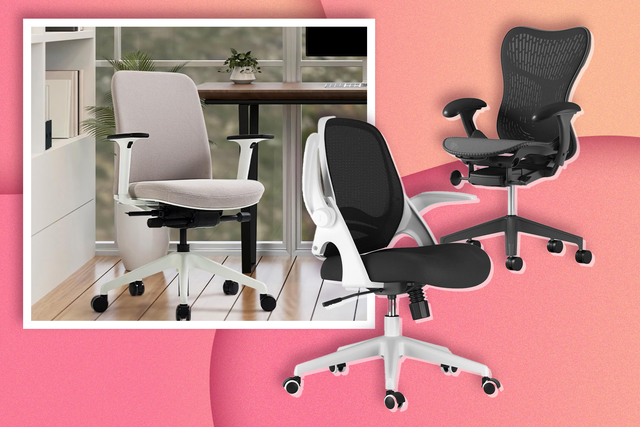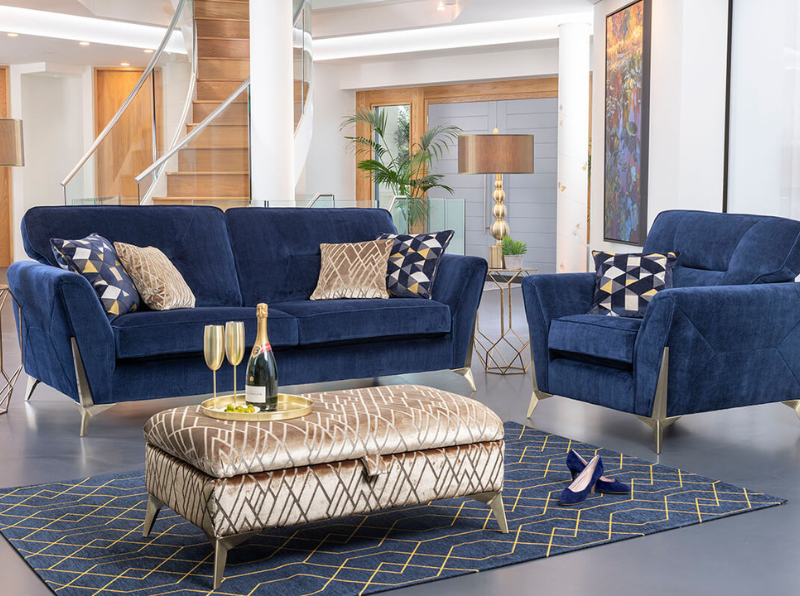Sturdy and Stylish: The most effective Products for Long-Lasting Furnishings
The choice of products for furnishings design is a crucial element in accomplishing both resilience and design. Hardwoods like oak and maple not only provide visual warmth yet additionally provide remarkable toughness, while engineered wood provides an attractive option for budget-conscious consumers. Additionally, the rise of metal furniture uses a modern side with impressive resilience. However, the growing emphasis on sustainability introduces a new measurement to material choice, triggering a reevaluation of eco-friendly choices. The question remains: which products will eventually strike the ideal balance between durability and visual charm in your room?
Solid Timber Options

Softwoods like want and cedar additionally existing sensible options, albeit with various attributes. Pine is light-weight and simple to collaborate with, making it an outstanding option for rustic furnishings, while cedar is normally resistant to decay, perfect for outside applications.
When picking a timber kind,It is essential to think about the desired use of the furniture. As an example, items that endure heavy wear ought to focus on harder woods, while attractive items might benefit from softer, extra aesthetically enticing selections. Eventually, the right option of strong wood not just enhances the long life of the furniture however likewise elevates the general aesthetic of the space.
Engineered Timber Perks
Engineered timber, typically described as composite wood, supplies countless advantages that make it a compelling choice for long-lasting furniture. Among the primary advantages of engineered wood is its boosted security compared to strong timber. Constructed from layers of wood fibers or veneers, it lessens the threat of warping and splitting, which prevail issues with natural wood due to changes in moisture and temperature level.

Additionally, crafted timber is an environmentally pleasant choice, as it makes use of smaller sized trees and timber byproducts, promoting sustainable forestry practices. The manufacturing procedure also causes much less waste, making it an accountable option for eco-conscious consumers.
Metal Toughness
Using remarkable strength and resilience, steel is a prime product choice for resilient furnishings. Understood for its long life, steel can endure considerable deterioration, making it a perfect choice for both commercial and residential settings. Whether it is steel, light weight aluminum, or wrought iron, each type of metal offers distinct residential or commercial properties that add to the overall longevity of the furnishings.
Steel, as an example, is celebrated for its high tensile toughness and resistance to bending, ensuring that pieces remain structurally sound over time. Light weight aluminum, on the various other hand, is resistant and light-weight to corrosion and corrosion, making it particularly appropriate for outdoor furnishings. Wrought iron, with its traditional allure, flaunts remarkable toughness and can sustain severe climate condition without compromising its honesty.
Along with its physical properties, metal furnishings commonly undergoes protective therapies, such as powder covering or galvanization, which additionally enhance its resistance to scrapes and environmental factors. This level of longevity makes steel furnishings a worthwhile investment, as it not just keeps its visual allure yet also stands the test of time, making sure performance for many years to come.
Furniture Options
Selecting the right upholstery is essential for enhancing both the sturdiness and visual charm of furniture. Furniture products can considerably influence the longevity of a piece, with choices varying from natural fibers to synthetic fabrics.
All-natural fibers, such as cotton and bed linen, offer breathability and convenience yet may require even more upkeep to stand up to fading and wear over time. On the other hand, wool is a durable selection understood for its strength and resistance to staining, making it appropriate for high-traffic locations.
For those looking for toughness with much less upkeep, synthetic products like polyester and nylon provide outstanding choices. These materials are usually engineered to be fade-proof and stain-resistant, making them perfect for family members with children or pets. Microfiber, a subtype of polyester, is specifically prominent for its soft structure and easy cleansing residential or commercial properties.
Natural leather, while frequently much more pricey, adds a timeless style to furniture. Its natural durability permits it to age wonderfully, developing an one-of-a-kind aging over time. Nevertheless, it calls for certain upkeep to preserve its gloss.
Eventually, selecting upholstery includes balancing visual preferences with useful considerations, ensuring that the furniture not just looks great however additionally stands the examination of time. Furniture.
Sustainable Materials
Stressing ecological obligation, lasting products have gained prestige in furnishings layout, showing an expanding understanding of ecological impact. These materials not only lower the carbon impact yet likewise make sure the long life of see page furnishings, adding to a round economy.
Usual lasting materials include redeemed timber, which repurposes existing timber, minimizing the requirement for deforestation. Bamboo is an additional excellent choice; it is fast-growing and needs minimal resources, making it an environmentally friendly choice to standard hardwoods. Furthermore, recycled steels and plastics are progressively utilized in furnishings manufacturing, promoting waste reduction and source conservation.
All-natural fibers such as natural cotton, hemp, and linen are favored for upholstery, as they are complimentary and biodegradable from harmful chemicals. The use of low-VOC (volatile natural substances) adhesives and surfaces additionally boosts the sustainability of furniture, guaranteeing better interior air top quality.
Conclusion
Solid timbers like oak and maple supply toughness and distinct personality, while crafted wood uses stability and cost-effectiveness. Lasting products such as redeemed timber and bamboo add to ecological responsibility, making them optimal for modern furniture options that prioritize read both style and resilience.
Engineered wood, often referred to as composite wood, supplies numerous benefits that make it an engaging option for lasting furniture. One of the key advantages of engineered wood is its boosted stability compared to strong timber. Constructed from layers of timber fibers or veneers, it minimizes the danger of bending and fracturing, which are usual concerns with natural wood due to adjustments in humidity and temperature.
Strong timbers like oak and maple give strength and he said distinct personality, while crafted wood offers stability and cost-effectiveness. Lasting materials such as reclaimed wood and bamboo contribute to environmental responsibility, making them optimal for contemporary furnishings options that focus on both design and resilience.